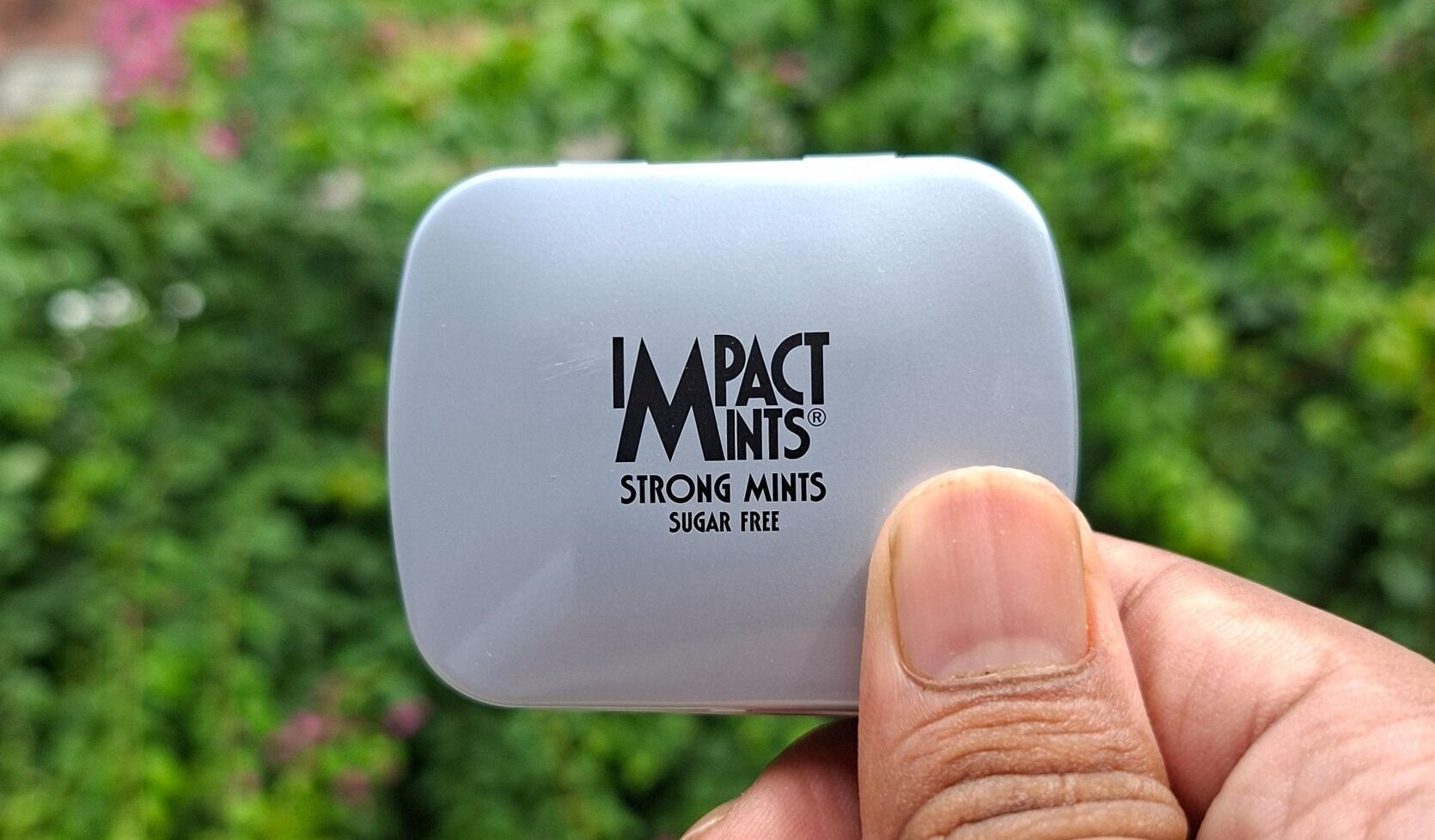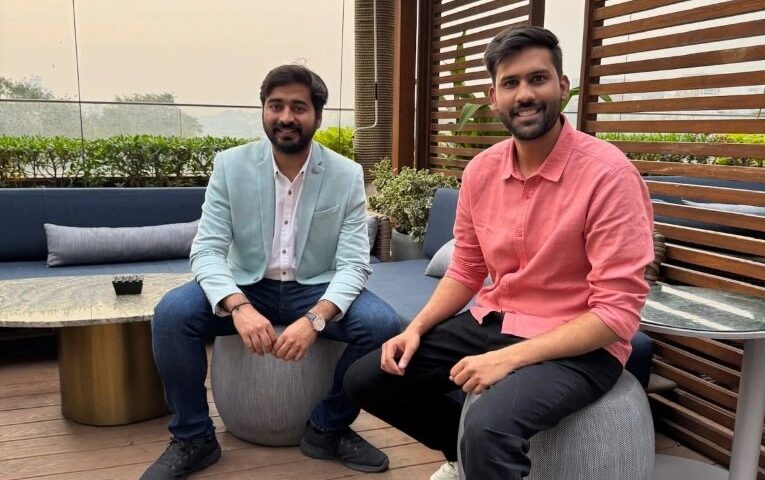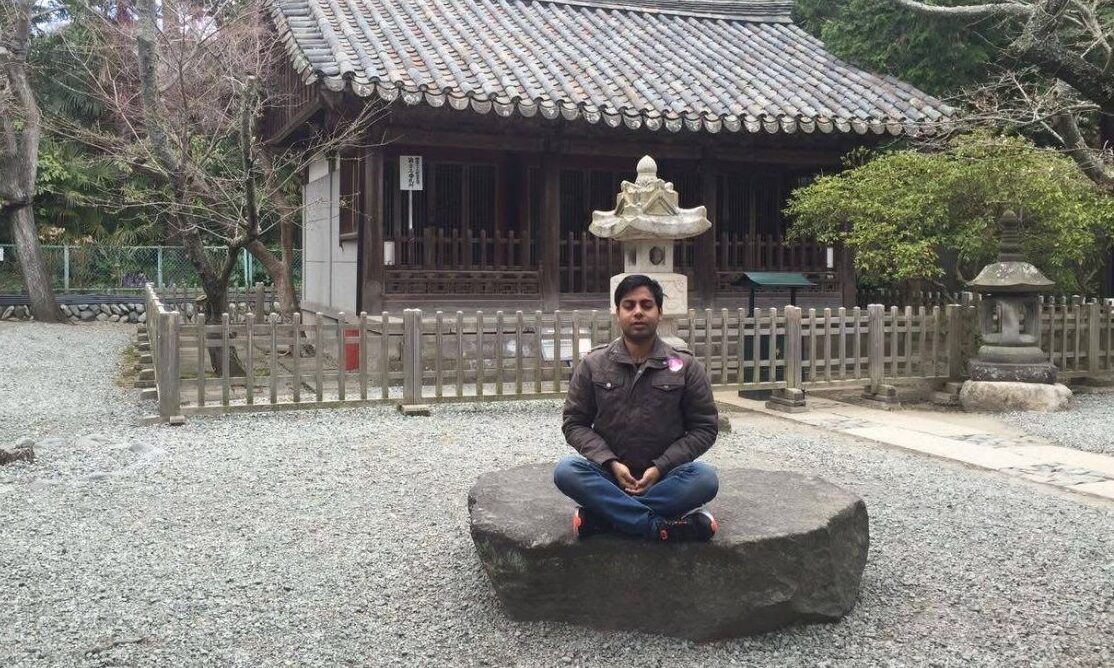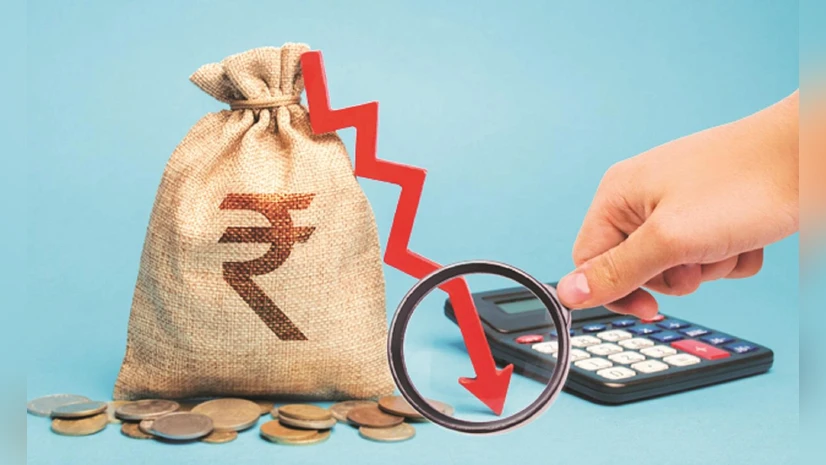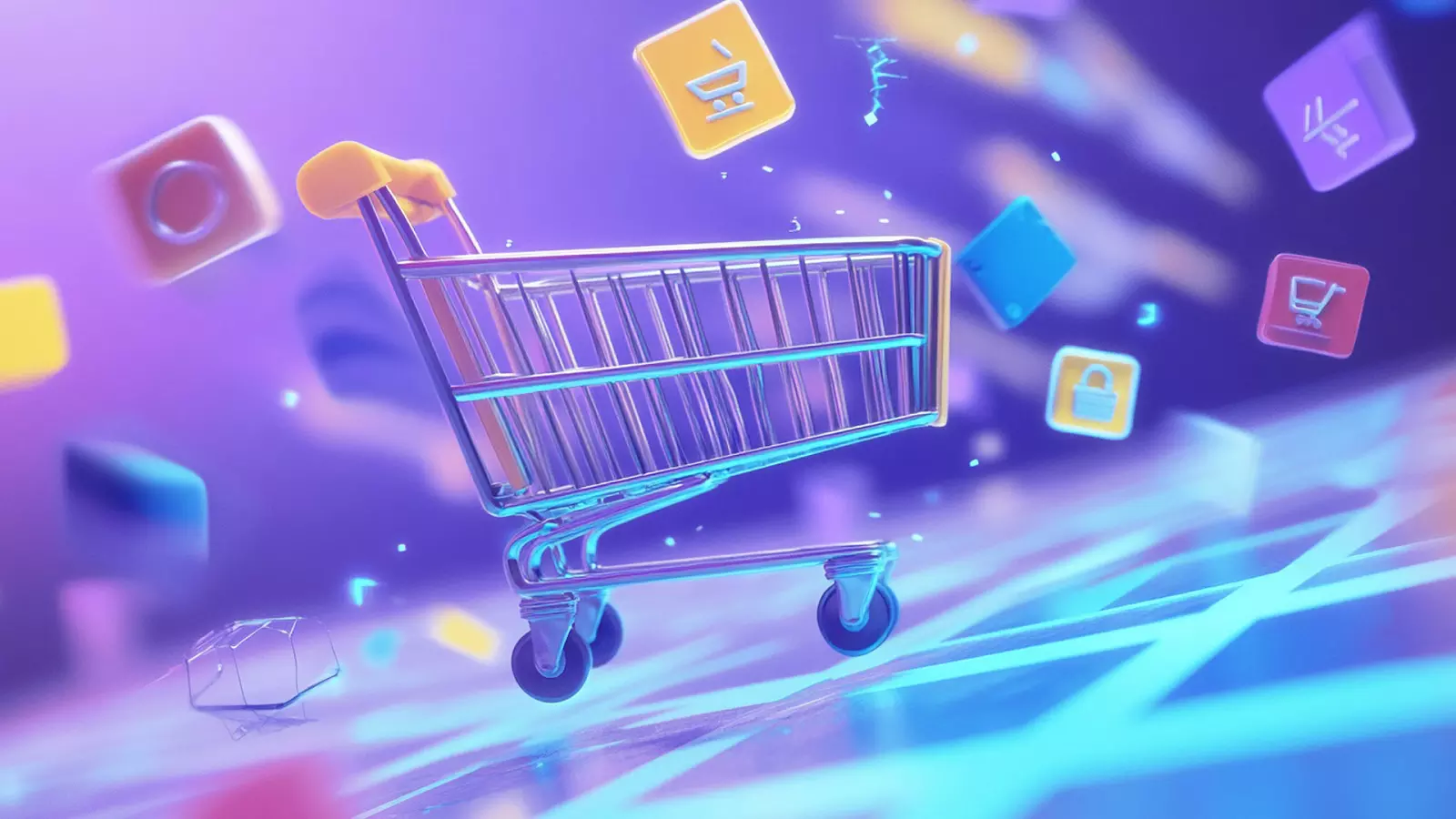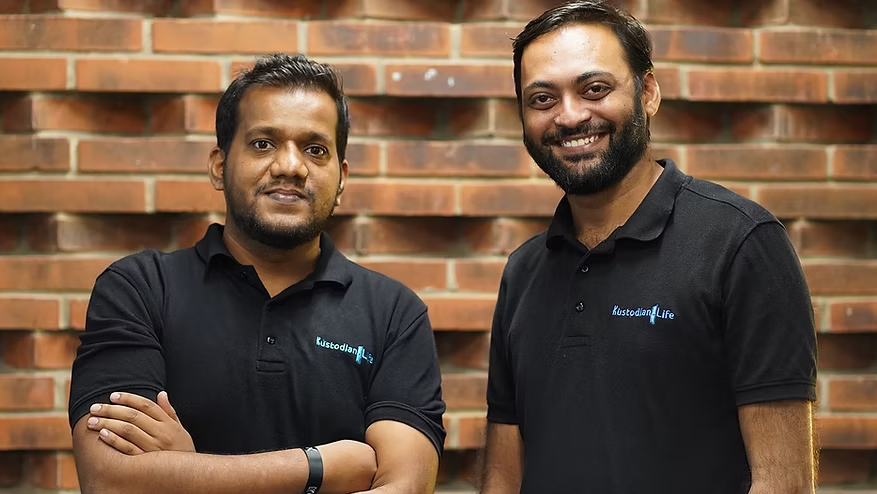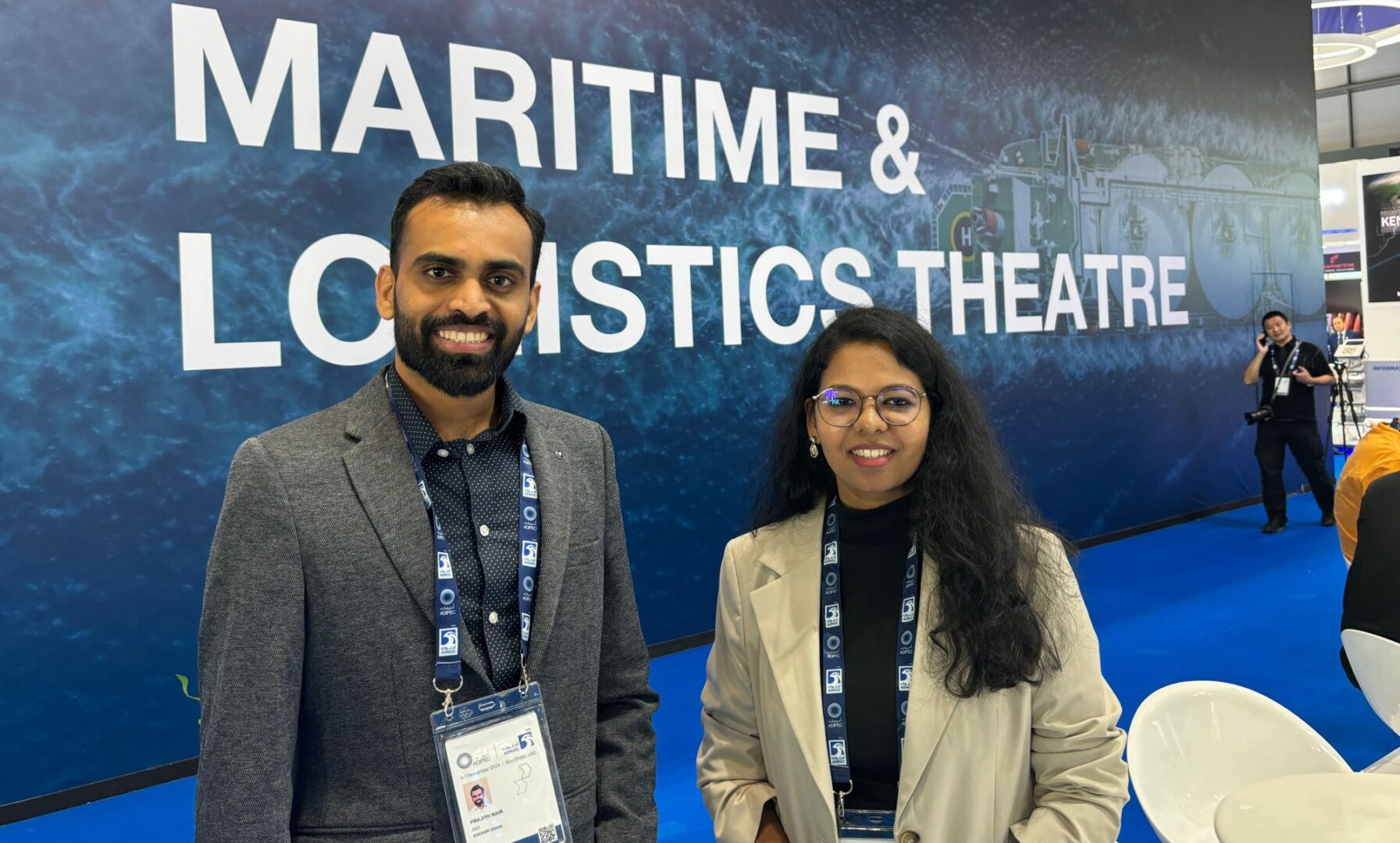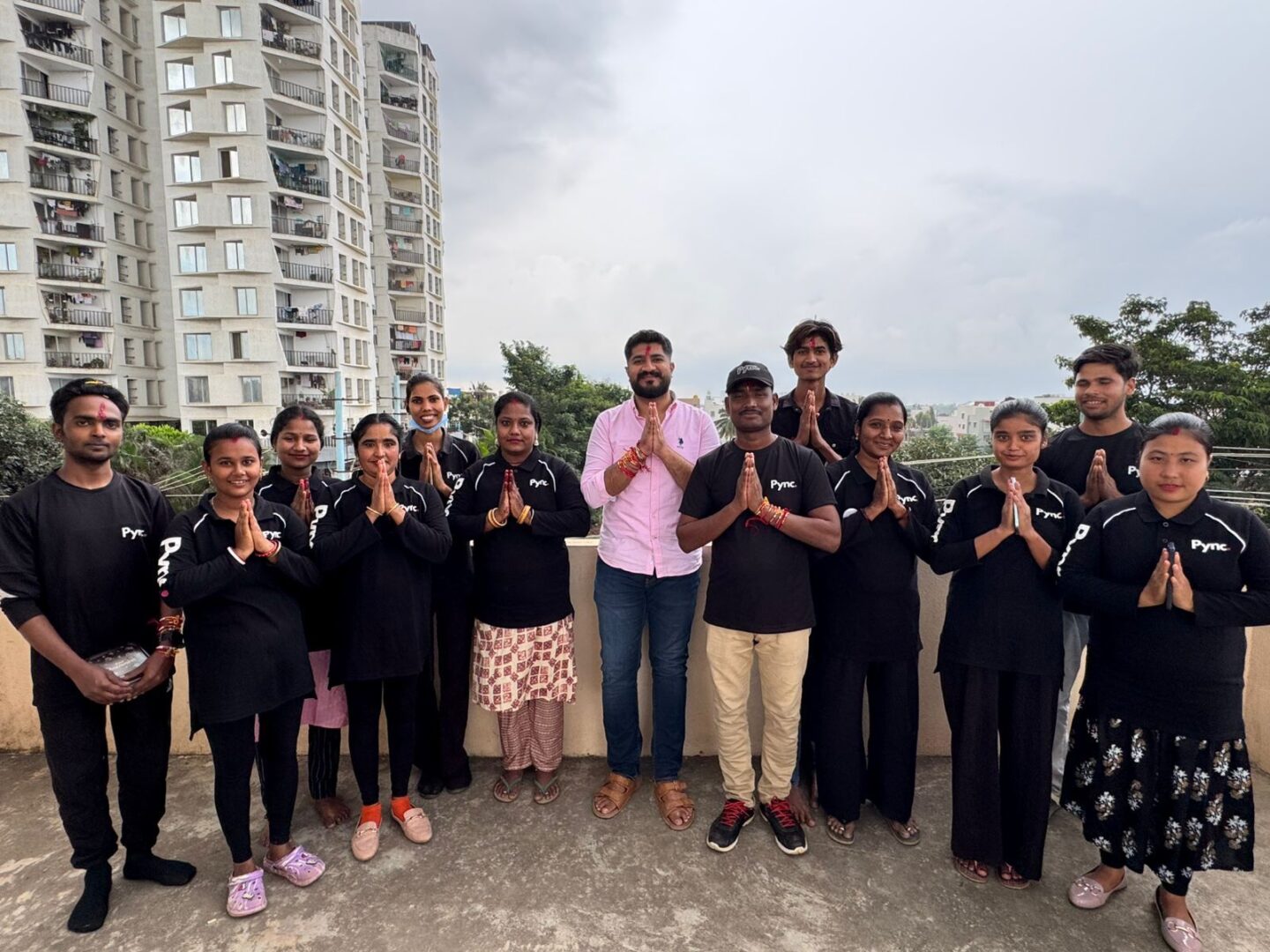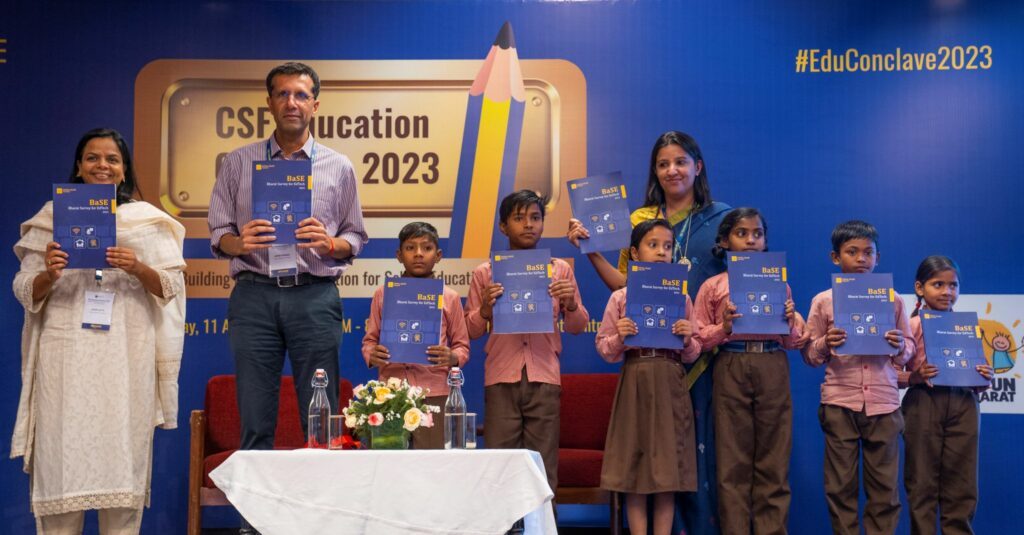While most FMCG startups burn cash trying to push value-for-money SKUs into the crowded aisles of Indian retail, a curious outlier has been quietly minting gold with tiny tins of candy. Impact Mints has managed to sell its products at a hefty ₹150 a pop, without any discounts, celebrity endorsements, or traditional ATL campaigns.
In contrast, nutrition brands offering tangible benefits, like 39 grams of high-quality protein at ₹119, struggle to get noticed. This stark contrast has prompted many startup founders to reflect, including Manan Goyal, Founder & CEO of Grab N’ Greens, a clean-label protein snack startup.

In a recent post that’s gaining traction among D2C founders and marketers, Goyal shares a brutally honest insight: “Impact Mints sells a feeling. I’m selling function. That’s the gap.”
A Masterclass in Category Creation
Impact Mints didn’t just launch a better mint. They launched a new experience. The German-origin brand, recently entering Indian metros through curated retail and quick commerce, bet big on premiumisation. No low-cost versions, no compromises on format or finish. From day one, the brand chose scarcity and status over scale.
Instead of going mass, Impact Mints positioned themselves as a lifestyle accessory. The mints, almost incidental are housed in collectible tins designed to turn heads. Bright, pop-art-inspired packaging, limited-edition drops, and cleverly seeded online buzz have helped it break through to a Gen Z audience that sees brand choices as extensions of personality.
The Distribution Game: Where You Sell is What You Sell
Another masterstroke? Distribution. While most food startups hustle for supermarket shelf space, Impact Mints showed up where India’s style-conscious youth hang out: malls, airport kiosks, select cafés, and quick-commerce apps like Blinkit and Zepto.
This placement makes all the difference. Selling at an airport or premium food court isn’t just about access, it’s about association. You aren’t buying a mint; you’re buying into a lifestyle.
Exclusivity Over Ubiquity
“Scarcity is their biggest campaign,” notes Goyal. “They turned demand into a design game. When something’s not always available, people want it more.”
With each new tin design functioning like a drop, and social media posts showcasing hauls, the brand has managed to do what FMCG brands rarely achieve: turn a ₹150 mint into a collectible.
Lessons for Functional Brands
Goyal’s reflection offers a sobering insight for functional nutrition brands caught in the volume trap. He admits, “I thought my product would sell itself, it has more protein, better ingredients, real benefits. But I was missing the bigger piece: clarity about who I was really selling to.”
The learnings?
- Define a clear tribe: Impact Mints isn’t trying to please everyone. It knows its audience, urban millennials and Gen Z, driven by aesthetics, experience, and self-expression.
- Don’t dilute: The temptation to go mass or reduce price for “affordability” often backfires. “Impact stayed premium. No ₹20 pouches. That made them aspirational,” says Goyal.
- Product as storytelling: Functional products often sell on features. Impact sells emotion. “We need to sell identity, not ingredients,” he adds.
From Commodity to Cult
There’s a growing recognition in India’s D2C space that emotional utility often trumps functional benefit in high-margin consumer businesses. Whether it’s perfume, coffee, or candy, what wins is a feeling that consumers want to be associated with.
Impact Mints doesn’t promise better breath. It promises better vibes.
The Meaning Business
For founders like Goyal, the road forward is not just about tweaking price points or adding SKUs. It’s about rewriting the narrative around the product. “We’re no longer just in the food business, we’re in the meaning business,” he says.
If a mint can become a statement, so can protein. But it’ll take more than macros and margins. It will take guts, design instinct, and a razor-sharp understanding of identity-driven consumption.
For now, founders across sectors are watching closely and perhaps popping a tin open for inspiration.
Also Read: Hyphen Beauty’s ₹400 Crore Milestone: But Is It Too Good to Be True?









